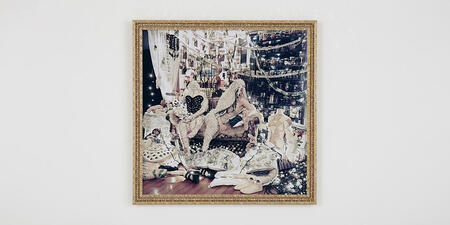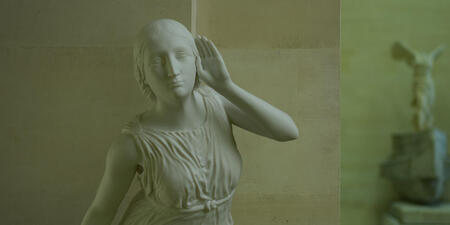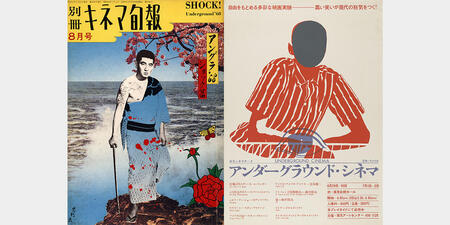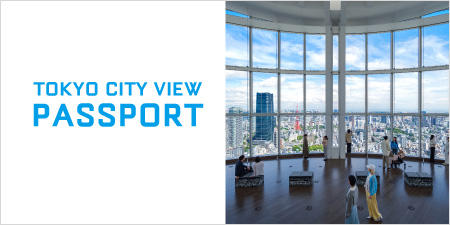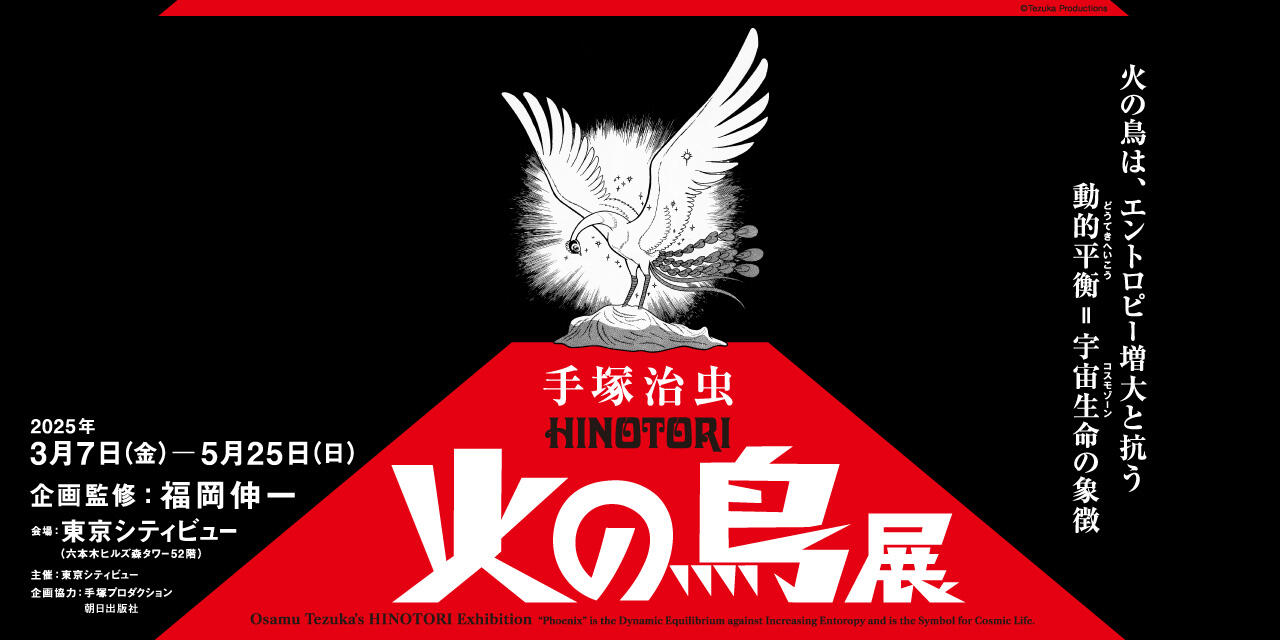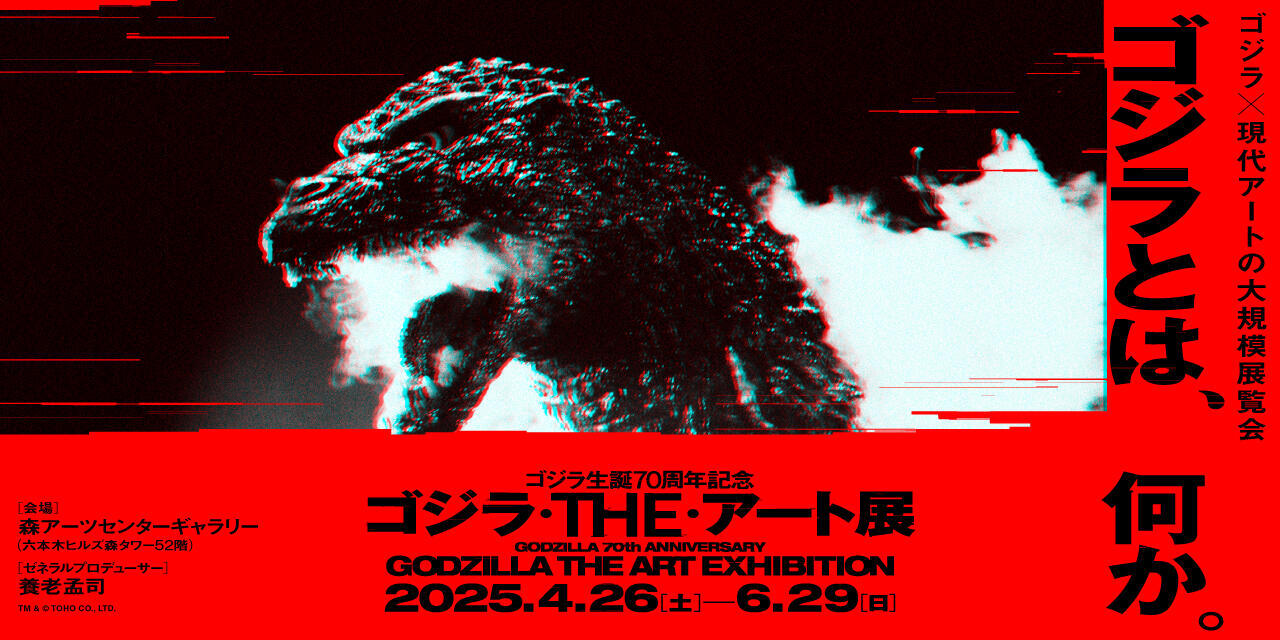Interactions with Characters, Life, Humans, and Cities in the Digital World
The exhibition opens with Beeple’s first ever three-dimensional work HUMAN ONE (2021), representing the first human born in the metaverse. In this work, a figure in a cuboid space walks endlessly through the world, projecting a three-dimensional presence despite being a digital work. It is followed by Sato Ryotaro’s video piece that depicts a somewhat disturbing and absurd world by using a large number of unnamed characters and data “assets” such as soldiers, girls, and animals used in game production. Assets used as substitutable and interchangeable lives remind us of lives in the real world lost in wars and natural disasters, urging us to reconsider their meaning. Diemut’s early interest in AI language models has led her to question the relationship between machines and humans. Named after the automatic chess machine by the 18th century Hungarian inventor prayer, Jacolby Satterwhite will also present a kaleidoscopic computer generated world through a multi-media installation that combines choreography, wallpaper, video, animation, and music. In each case, the artist’s own avatar appears, and through unique sound and visual effects and installation, the audience experiences a spectacular fusion of the Buddhist worldview and new technology. Wolfgang von Kempelen that was in fact operated by a human inside, her El Turco / Living Theater captures a dialogue on a philosophical level that unfolds between an AI personality and an audience member or an actor. On the other hand, Kim Ayoung’s video work Delivery Dancer’s Sphere depicts the trajectory of movements involved in delivery services that expanded as a result of the COVID-19 pandemic. Kim’s work is also a love story of characters riding motorcycles through the urban space of Seoul as they compete over the shortest distances and times.

Delivery Dancer’s Sphere
2022
Video
25 min.

Delivery Dancer’s Sphere
2022
Video
25 min.
An Experience of Technology, Human Spirituality, and the Buddhist Worldview
Lu Yang, who is himself a practitioner of Buddhism, sheds light on Buddhist wisdom through new technology and pop culture tropes, raising fundamental questions about the human body and mind. The exhibition will exhibit a video work, in which Lu Yang’s own avatar, “DOKU,” makes a voyage through spiritual space, questioning the relationship between body, spirit, and identity. Drawing inspiration from the Buddhist Metta prayer, Jacolby Satterwhite will also present a kaleidoscopic computer generated world through a multi-media installation that combines choreography, wallpaper, video, animation, and music. In each case, the artist’s own avatar appears, and through unique sound and visual effects and installation, the audience experiences a spectacular fusion of the Buddhist worldview and new technology.

DOKU the Self
2022
Video
36 min.
Music composer and producer: liiii
Sound effect and mastering: Woody Du
Trumpet and flugelhorn: feng
Narration: Takano Shinya

DOKU the Self
2022
Video
36 min.
Music composer and producer: liiii
Sound effect and mastering: Woody Du
Trumpet and flugelhorn: feng
Narration: Takano Shinya
Landscapes Depicted by Technology: From Geological Time to the Endless Future
Hsu Chia-Wei explores the essence of technology from a geological perspective, such as metals and minerals, expanding the scope of his imagination to a timeline that exists far beyond that of human history, taking his starting point not from intangible data or the cloud, but rather technology as a material. For his new work, Hsu focuses on silicon, which is used in a substance for semiconductors called “wafers.” Fujikura Asako has been interested in the urban landscape of Tokyo’s suburbs, and has juxtaposed its homogeneity with the desert landscapes of cultures in West Asia. Her 3D computer generated moving images create unique oases and gardens while exploring the textures of urban landscapes and industrial products, as well as the light and shadow of digital spaces. Jakob Kudsk Steensen explores ecologies through fieldwork and collaboration. In The Ephemeral Lake (2024), an installation comprising video, sound, and glass sculptures, he digitized and combined photographs, 3D scans, specimens, and sound recordings of flora and fauna and landscapes collected in California’s Death Valley and Mojave Desert to create a simulated virtual lake and its surrounding ecosystem. The landscape of the lake changes constantly and unpredictably, even to the artist himself. The works of Anicka Yi, an artist deeply concerned with biology and ecology, depict a newly generated world in which the machine learns from various images and past works that have been researched by the artist for a long time. In addition, Adrián Villar Rojas uses the “Time Engine” software that was developed during the COVID-19 pandemic to simulate specific moments from the history of Earth ranging from the past to the endless future, creating a landscape that transcends time and space.
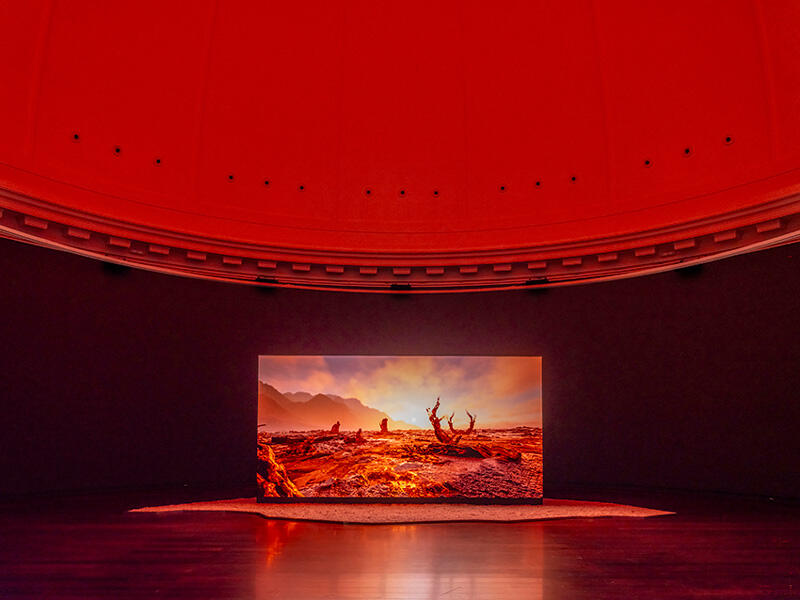
The Ephemeral Lake
2024
Live simulation and generative spatial sound
Commission: Hamburger Kunsthalle, Hamburg, Germany
Installation view: The Ephemeral Lake , Hamburger Kunsthalle, 2024
Photo: Christoph Irrgang

The Ephemeral Lake
2024
Live simulation and generative spatial sound
Commission: Hamburger Kunsthalle, Hamburg, Germany
Installation view: The Ephemeral Lake , Hamburger Kunsthalle, 2024
Photo: Christoph Irrgang
Technology and Humans: A 500-year Relationship
Leading AI researcher Kate Crawford, in collaboration with Vladan Joler, an information and communication technology (ICT) researcher and artist, has created Calculating Empires: A Genealogy of Technology and Power Since 1500, a twenty-four-meter-wide infographic tracking the relationship between technology and power since the 16th century. By placing the relationship between technology and humans on a temporal axis longer than 500 years, the chart takes viewers back to the Gutenberg’s letterpress printing and Age of Discovery when colonialism began and brought about major cultural changes, prompting us to reflect on contemporary global transformations associated with wars and conflicts, AI, and the climate crisis.



